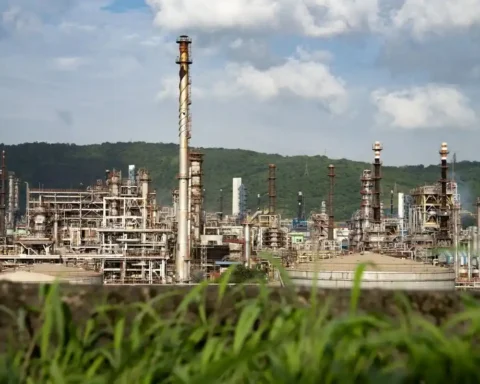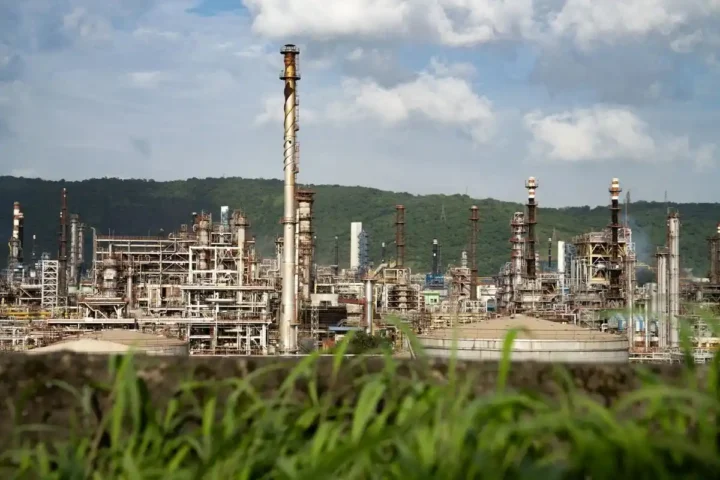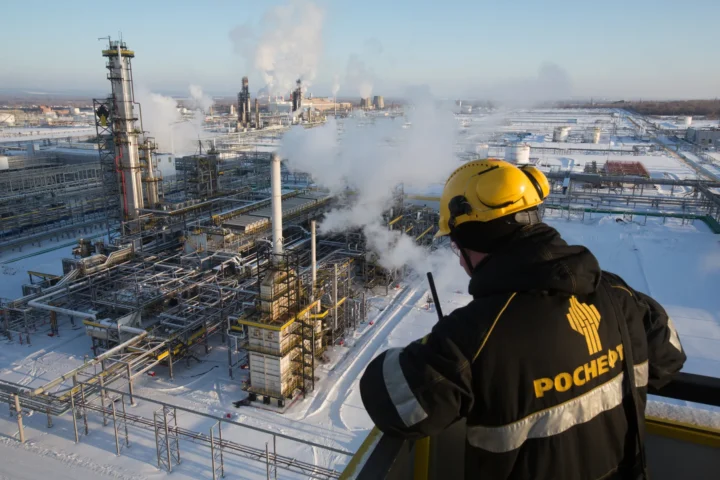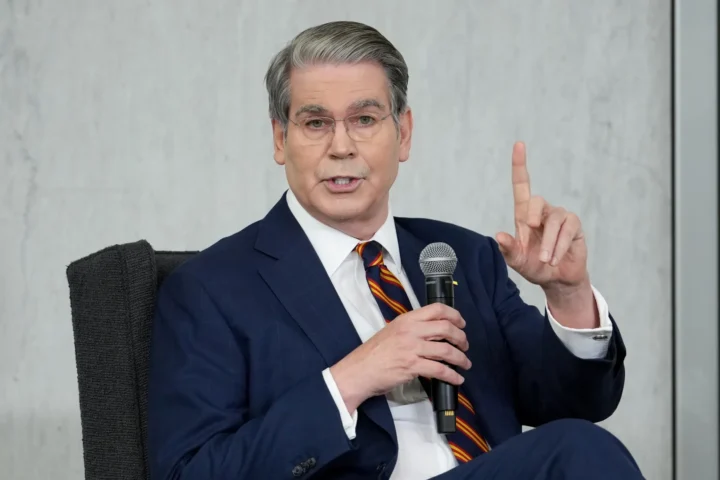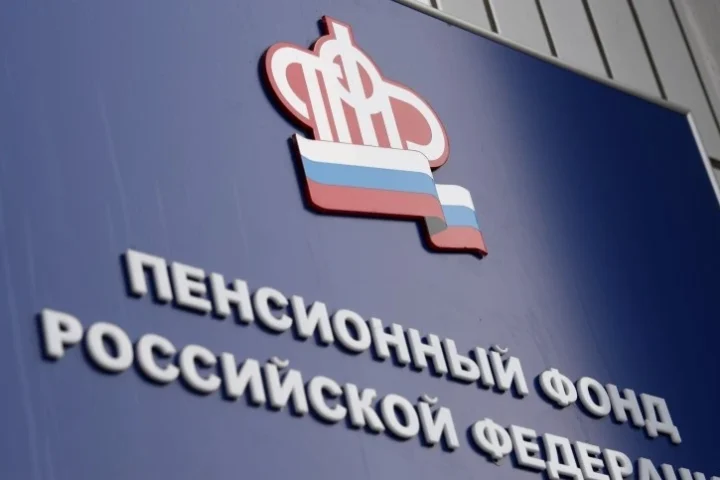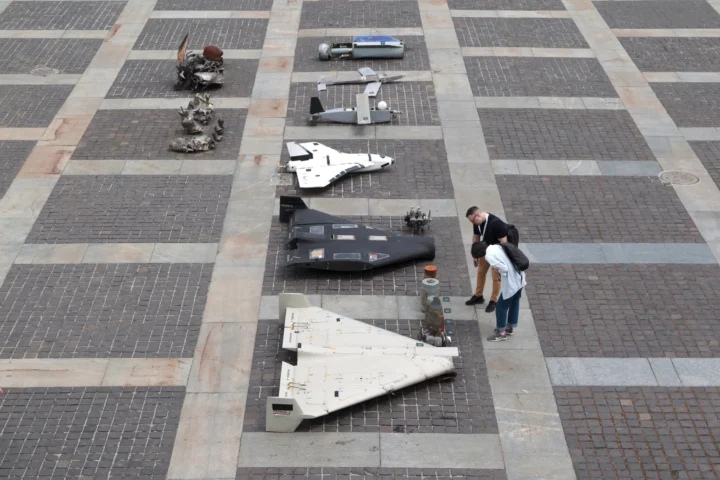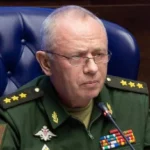As the alliance between Moscow and Pyongyang deepens, North Korean leader Kim Jong Un continues to provide Russian President Vladimir Putin with new tools for survival amid international isolation and the ongoing war in Ukraine. After sending weapons and troops, Kim’s newest “gift” is human labor.
North Koreans in Russia: Cheap and Indispensable Labor
According to The Wall Street Journal, Russia is facing an acute labor shortage, exacerbated by a declining birthrate, mass emigration, and the deaths of hundreds of thousands in the war with Ukraine. Russia’s Ministry of Labor forecasts that the labor shortfall could reach 2.4 million by 2030, up from 1.5 million today.
Amid this demographic crisis, a wave of labor migrants from North Korea has begun pouring into Russia. South Korea’s intelligence agency reports that around 15,000 North Koreans have already entered the country, many under the guise of student visas. According to Russian officials, the number of North Koreans entering Russia in 2024 has increased twelvefold compared to the previous year.
These workers are especially valued in Russia’s Far East, where they are praised for their willingness to work 12-hour days without complaint for minimal pay. However, Russian officials are now suggesting expanding their deployment to larger cities, including Moscow.
Officially, such employment violates United Nations Security Council resolutions banning the use of North Korean labor abroad. But as The Wall Street Journal notes, Moscow and Pyongyang have ignored these restrictions—along with many others related to North Korea’s nuclear weapons program.
Labor Force as Part of a Military Alliance
In 2023, according to South Korean officials, North Korea sent about 12,000 troops to support the Russian army, followed by another 3,000 in 2024 to make up for casualties. These soldiers reportedly played a key role in pushing Ukrainian forces out of a southern region. Pyongyang has also supplied Moscow with lethal weaponry, including ballistic missiles—one of which, according to Kyiv, killed 12 people and injured nearly 90 in late April.
Economic and trade ties between the two countries are also growing stronger. Putin even gifted Kim a luxury limousine, and described the friendship with North Korea as one “forged on the battlefield.”
Even a major influx of North Korean laborers won’t fully solve Russia’s labor crisis, but North Korea can play a significant role in the development of the Far East—a strategically important region bordering the DPRK. Russia has long attempted to revitalize this sparsely populated, resource-rich area by offering free land and promoting industrial development, though results have been modest.
Moscow claims to observe U.N. restrictions but simultaneously advocates for easing sanctions on North Korea. In the summer of 2023, just before his visit to Pyongyang and the signing of a mutual defense pact, Putin criticized the U.N.’s ban on North Korean overseas workers. “They are our neighbors,” he told Russian state media. “We will develop our relations whether people like it or not.”
The Return of “Invisible Workers”: Supervised but Outside the Law
As The Wall Street Journal notes, the return of North Korean laborers evokes memories of a past era: for decades, Pyongyang sent tens of thousands of workers to Russia, mostly in construction and logging. Over 90% of their wages were confiscated by the regime, but the remaining $100–$200 per month was considered a fortune in a country where people earn just a few dollars.
When U.N. sanctions took effect in 2019, thousands of the 30,000 North Koreans working in Russia were forced to return home. In recent years, Russia has increasingly relied on migrants from Central Asia, but the interest in North Korean workers never fully disappeared. Especially after 2022, when the DPRK became one of the few—and loudest—supporters of the Kremlin on the global stage.
Andrei Orlov, the head of a Moscow construction firm, told The Wall Street Journal that before the U.N. sanctions, his company employed dozens of North Koreans. Recently, he met again with a North Korean intermediary to arrange for a new group of workers. They discussed masonry and concrete-laying specialists. According to Orlov, due to the labor shortage, some workers are now demanding double what they earned a few years ago. Eventually, they reached a deal for 50 North Koreans, and the company hopes to bring in 300 by the summer. Orlov stated he intends to act within legal bounds but declined to comment on possible violations of sanctions.
“The more, the merrier,” he said. “I want my company to become the Russian market leader in attracting North Korean specialists.”
Russia’s main construction union has confirmed that hiring North Koreans is one way to address labor shortages. A March 2024 U.N. report identified around 120 companies in Russia employing North Koreans. Russian authorities, however, claim that many of these companies are now inactive or that the information is outdated.
Deputy Prime Minister Marat Khusnullin even suggested that North Koreans could help rebuild war-damaged territories, including areas of eastern Ukraine under Russian control. According to Khusnullin, one North Korean tile-layer can do the work of two Russians.
A Symbol of Strategic Convergence
The Far East is where North Korea’s presence is most visible: regular trains cross the border, flights to North Korean cities operate daily, and a new bridge is under construction across the Tumen River. In September, local media reported that North Koreans were brought in to help build a school in the regional capital, where delays had plagued the project due to labor shortages.
Former North Korean laborer Zane Han told The Wall Street Journal that in the late 2010s he earned about $150 a month on a Russian construction site. Such overseas jobs are highly coveted in North Korea, where few people ever get the chance to leave. Han said he had to bribe officials to get a student visa in 2018. He continued working in Russia after the U.N. ban, despite frequent visa checks by Russian police. Trips to the grocery store were nerve-wracking due to the fear of being sent home.
Eventually, before defecting to South Korea in 2022, he noticed that the scrutiny had all but disappeared. “It became clear that the police weren’t interested in inspecting us anymore,” he said.
According to Russian official data, some 8,600 student visas were issued to North Koreans in 2024. A year earlier, Russia’s Education Ministry disclosed the actual number of North Koreans studying in Russian universities: just 130.
In conclusion, as The Wall Street Journal notes, the new influx of North Korean workers is not just an economic arrangement—it is part of an increasingly pragmatic alliance between two pariah states, strengthened by weapons, soldiers, and now, labor.
This article was prepared based on materials published by The Wall Street Journal. The author does not claim authorship of the original text but presents their interpretation of the content for informational purposes.
The original article can be found at the following link: The Wall Street Journal.
All rights to the original text belong to The Wall Street Journal.







